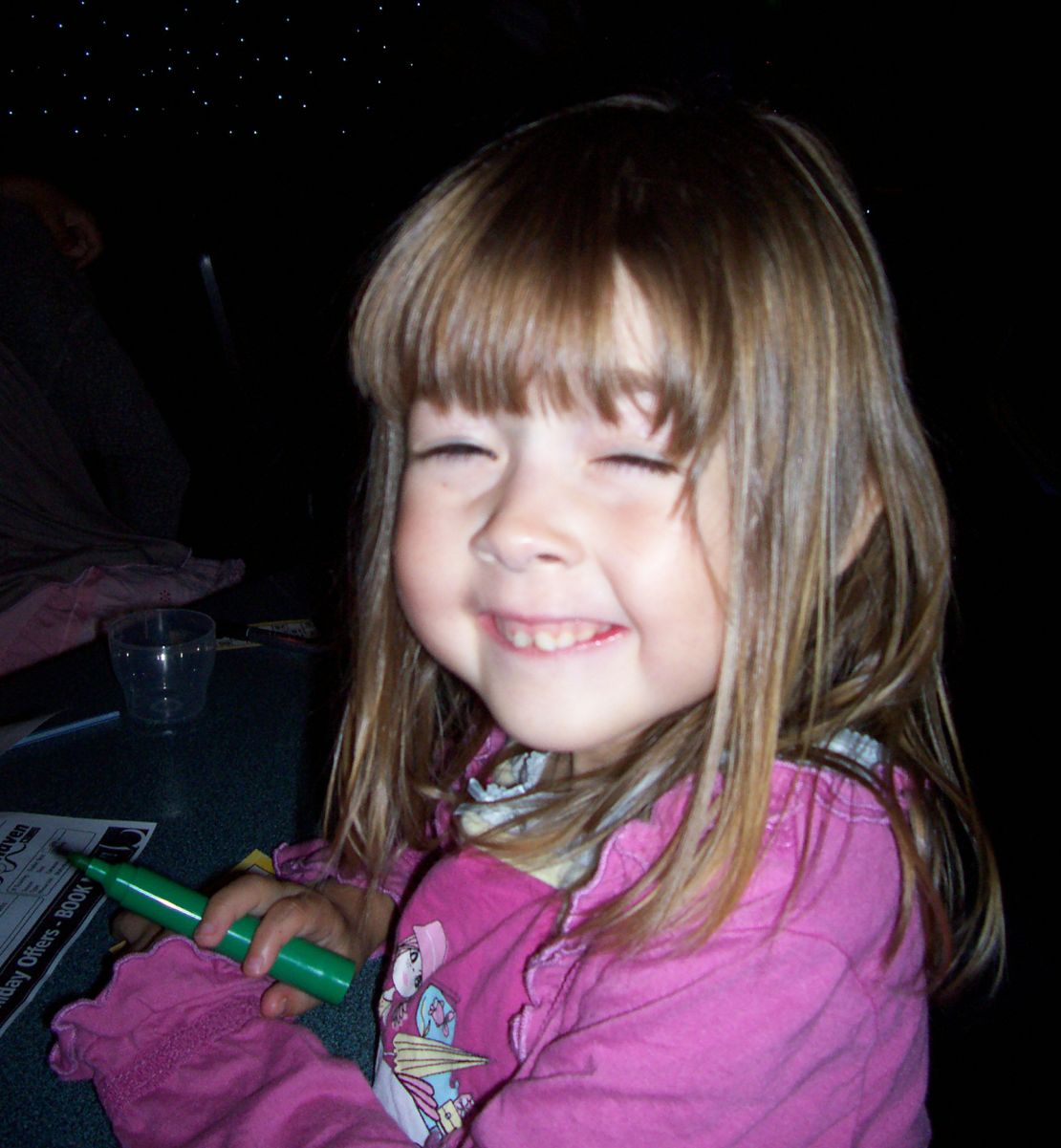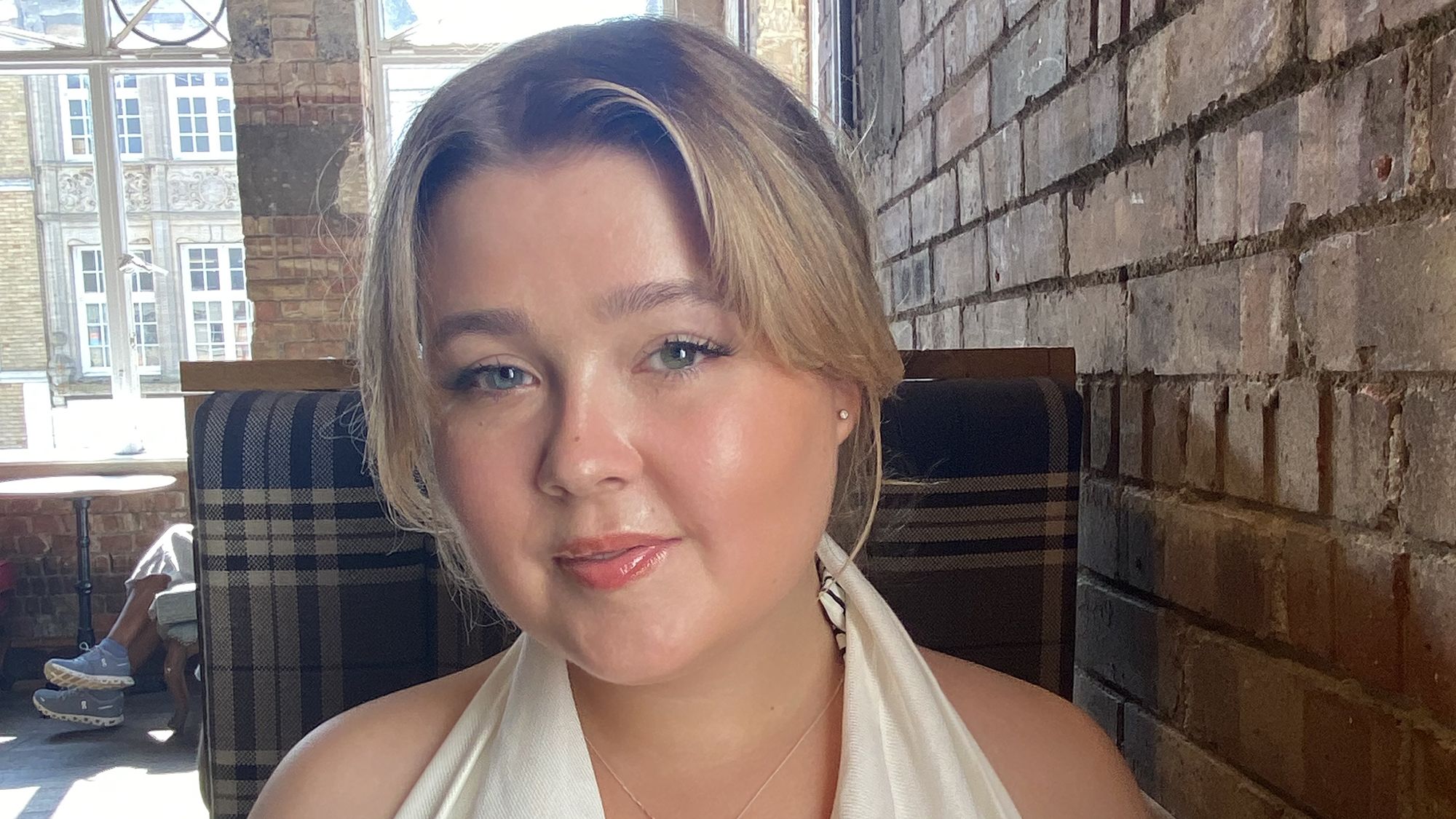Applying makeup is a powerful ritual, deeply ingrained into our souls. Many little girls (or boys) have a story about the first time they dared to swipe their mother’s red lipstick across their lips or brush blue eyeshadow onto their eyelids. In Ancient Egypt, makeup was believed to appeal to the Gods; they used malachite eyeshadows, rouge, and kohl to signify their wealth and transform themselves into living works of art.
Today, makeup is part of everyday life, part of how we see ourselves and how others see us. Growing up, I loved to gaze at models on the covers of magazines with their flawless skin, glossy lips, and perfectly applied eyeliner. I yearned to learn their magic. I used to think my older sister was a witch and her brushes her wands. I relished going into her room and asking her to paint my nails bright pink or apply my eyeshadow. She always worked with such precision — something I could never replicate, because my eyesight was slowly deteriorating.
I was diagnosed with juvenile idiopathic arthritis (JIA) at the age of two, an autoimmune condition in which the immune system mistakenly attacks healthy cells and tissues, causing widespread inflammation throughout the body. JIA affects approximately every 1 in 1,000 children in the UK under the age of 16, primarily targeting the joints but sometimes leading to complications in the eyes and other organs.
In my case, the condition impacted my eyes, resulting in the development of chronic uveitis — a condition characterized by persistent eye inflammation, eventually leading to vision loss. Although surgery and treatment helped manage the inflammation, the damage was irreversible and triggered the onset of glaucoma, which increases pressure inside the eye, permanently damaging the nerve that links our brain to our eyes and enables us to see.

As I grew up and my vision became more impaired, my relationship with makeup, and myself, started to crumble. I would often show up to school with patches of unblended foundation or uneven lip liner. I craved a sense of control over my life, and I was now too stubborn to let my sister or mom help me with my beauty routine despite my loss of vision. It was embarrassing, feeling as though I didn’t function like a real woman. I felt an equal mix of frustration and fear, knowing that my ability to express myself through makeup, to create art the way others could, was slipping away before I even had a chance to grasp it.
To be able to accept my changing reality, I had to learn to accept myself. To accept that I would never see the world the same as my peers — and that this was OK. Once I began to make peace with this, I formed a new relationship with my beauty routine and eventually discovered what works for me.
Aged 22, I am now registered blind. Contrary to what many people believe, blindness isn’t total darkness but exists on a spectrum. Some people may see only colors and light, while others might have parts of their vision obscured or their peripheral vision. Most of my vision is gone in my left eye, and I have no peripheral vision in my right, which has gotten progressively worse over the years. As of right now, my condition is stable, although this could change at any moment.
Despite the obstacles I have faced, I haven’t let my disability stifle my determination and drive for success. From fundraising for charities to graduating from university and pursuing a career as a writer, I want to show that no matter what life throws at you, each of us has the power to decide who we want to be.
Now, I enjoy my beauty rituals as much as anyone else. I have learnt the structure and shape of my face, from the width of my cheekbones to the length of my brows. I stay away from beauty blending tools instead sticking to using my fingers or brushes for blending and have fully embraced my sense of touch, to the point where I can now (quite literally) apply my makeup with my eyes closed. So adept have I become at the art of applying makeup, my sighted friends ask me for tips.
Here are the main things I have learnt that work for me. Perhaps they’ll work for you too.
Stick with a sheer base
My skin has always been relatively clear and free from texture, so I don’t invest in products that provide a lot of coverage. But before I understood foundation, I used to buy bottle after bottle of anything labeled “full coverage,” which only made any places I missed painfully obvious. Now, when I wear foundation, I opt for sheer or buildable coverage products. My current favorites are Charlotte Tilbury’s Hollywood Flawless Filter and Dior’s new Forever Skin Perfect stick.
Smoky eyes ‘til I die
I used to avoid eye makeup because precision was never my strong suit. But experimenting with a smoky eye gave me the freedom to play with different looks without the pressure of nailing a perfect cut crease or winged liner. I love how a softly smudged smoky eye subtly enhances my eyes without overpowering them. Since I have two different colored eyes — one green and one blue — using a plum kohl liner and gently smudging it along my lash line brings out the color in both.
Choose cream over powder products
Gone are my powder blushes, highlighters, and bronzers in favor of cream-based products which offer me a better sense of where and how much product I’ve applied. With powders, I would often go overboard because I couldn’t feel or see how much I was applying. Now, I achieve a subtle, natural look by feeling the amount of product on my face. And if I do apply too much, I find creams are easier to blend out.
Embrace your face
My relationship with makeup has taught me many things, but the most important lesson is that it’s okay to embrace your face. In a world saturated with perfect faces and rigid beauty standards, it’s easy to fall into the trap of comparison. But it’s important to remember that you are unique, and there’s nobody else with your essence.
Though my sister and I no longer live together, we still bond over our shared love of makeup. I’ve memorized the contours of her face and occasionally apply her makeup too. We chat about the latest products and I still ask for her opinion on new looks I’m trying out. The difference now is that I no longer feel disappointed when I don’t get things exactly right. We’re all human, and beauty is often found in what we think are our flaws. So embrace your features — they are what make you, you.




